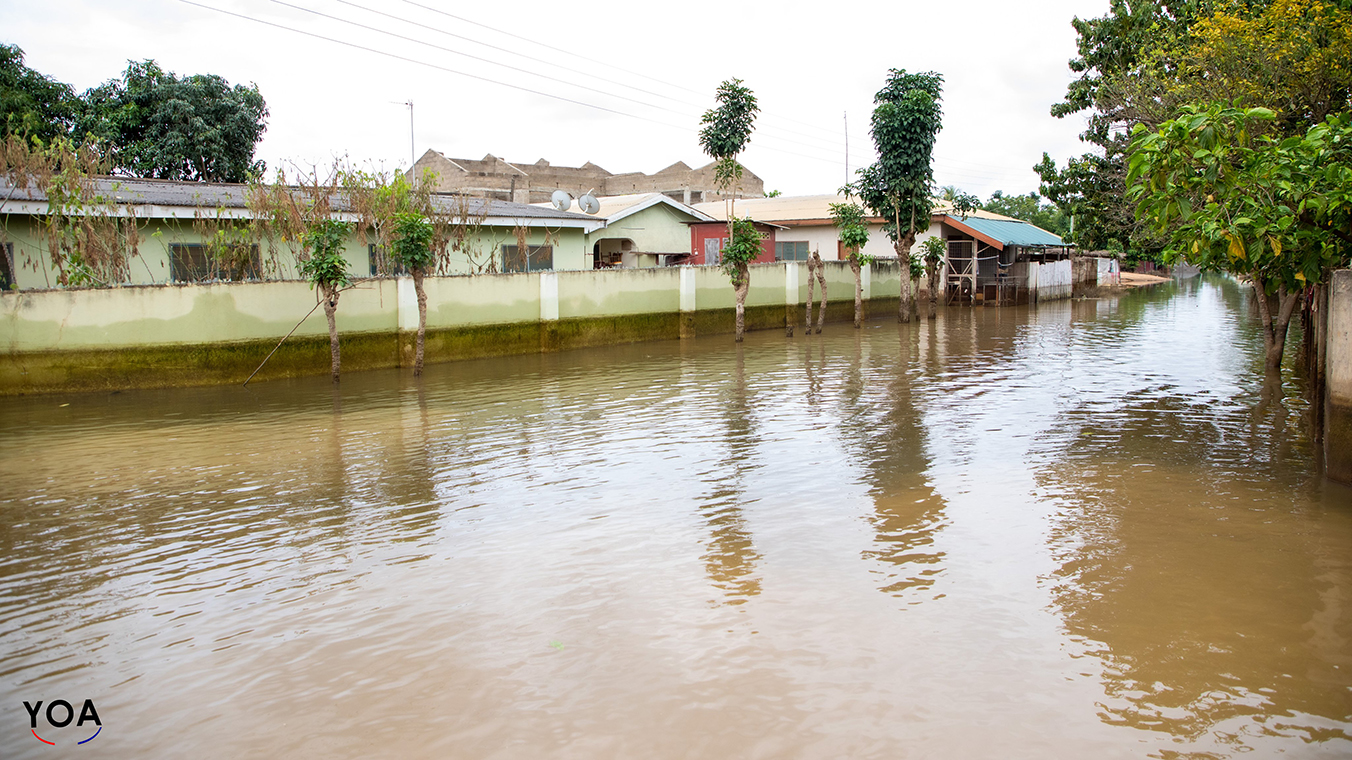All you need to know about Ghana’s Akosombo Dam spillage
The Akosombo Dam has long been a crucial source of power for Ghana. However, the effects of climate change have pushed water levels beyond the dam’s operating capacity

Ghana is reeling from the severe consequences of the Akosombo Dam spillage, a crisis that has displaced thousands of Indigenous people and sparked urgent calls for a thorough investigation.
What actually was the reason for the spillage? The Akosombo Dam, with its staggering 150 billion cubic meters storage capacity and a maximum operating level of 276 feet, has long been a crucial source of hydroelectric power for Ghana. However, the effects of climate change have caused a significant increase in rainfall, pushing water levels beyond the dam’s maximum operating capacity. Faced with the risk of dam failure, the spillage exercise commenced on September 15, initially at a discharge rate of 183,000 cubic feet per second (cfs/day), which was later increased on October 9 due to the continued rise of the water level.
The impact on communities
The spillage has had a devastating impact on the Indigenous people residing along the Volta River downstream, with the town of Mepe being the hardest-hit community. Initial reports indicated that 8,000 individuals were displaced across eight communities, but the numbers have since skyrocketed to an alarming 31,000 as of October 19. Families have been uprooted from their homes, losing their belongings and sources of livelihood overnight.
The spillage has also had a profound impact on education in the region. Schools have been forced to close, leaving pupils and students without access to education. The interruption in learning could have long-term consequences for the affected children, depriving them of their right to education and hindering their future prospects.
What should be done? It is hugely evident that urgent action is needed to address the plight of the displaced communities. The government must accelerate efforts in providing immediate assistance, including temporary shelter, food, clean water, and medical aid, to alleviate the suffering of affected communities.
Furthermore, efforts should be made to restore and rebuild the affected areas, ensuring that the Indigenous people can regain their livelihoods and rebuild their lives.
The Akosombo Dam spillage serves as a stark reminder of the vulnerability of communities living near major dams and the urgent need for comprehensive disaster management plans. It is imperative for the government and relevant authorities to develop strategies to mitigate the risks associated with dam operations and protect the well-being of Indigenous people. As Ghana grapples with the aftermath of this disaster, it is crucial to learn from the experience and take proactive measures to prevent similar incidents in the future.
History of the Akosombo Dam
The Akosombo Dam, also known as the Volta Dam, is a hydroelectric dam on the Volta River in southeastern Ghana in the Akosombo gorge and part of the Volta River Authority.
The primary purpose of the Akosombo Dam was to provide electricity for the aluminum industry. The Akosombo Dam is the largest single investment in the economic development plans of Ghana. The dam is significant for providing both Togo and Benin’s electricity, although the construction of the Adjarala Dam (on Togo’s Mono River) hopes to reduce these countries’ reliance on imported electricity. The dam’s original electrical output was 912 megawatts (1,223,000 hp), which was upgraded to 1,020 megawatts (1,370,000 hp) in a retrofit project that was completed in 2006.
In May 1960, the Ghana government called for tenders for construction of the hydroelectric dam. In 1961, an Italian consortium, Impregilo which had just completed the Kariba Dam, won the contract. In 1961, the Volta River Authority (VRA) was established by Ghana’s Parliament through the passage of the Volta River Development Act. The VRA’s fundamental operations were structured by six board members with Ghana’s first President Dr. Kwame Nkrumah as chairman.
The construction of the Akosombo Dam resulted in the flooding of part of the Volta River Basin and its upstream fields, and in the creation of Lake Volta which covers 3.6% of Ghana’s total land area. Lake Volta was formed between 1962 and 1966 and necessitated the relocation of about 80,000 people, who represented 1% of the population. People of 700 villages were relocated into 52 resettlement villages two years prior to the dam’s completion; the resettlement program was under the direction of the VRA.
The last time the Akosombo Dam community experienced flooding as a result of a controlled spillage of the dam was in 2010.
Stanley Kwabla Arku is a journalist with Pan African Television.
No comments:
Post a Comment